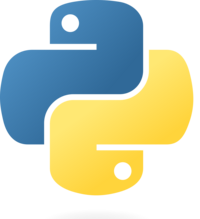Diferencia entre revisiones de «Usuario:Lmorillas/intropyaytozgz/inmersionpython»
De WikiEducator
| Línea 94: | Línea 94: | ||
</div> | </div> | ||
<div class="slide"> | <div class="slide"> | ||
| − | === | + | === FORMATO DE CADENAS === |
<source lang="python"> | <source lang="python"> | ||
# viejo estilo | # viejo estilo | ||
| Línea 118: | Línea 118: | ||
=== Control de flujo === | === Control de flujo === | ||
=== if === | === if === | ||
| − | <source lang="python" | + | <source lang="python" enclose="div"> |
edad = int(raw_input('Introduce tu edad: ')) | edad = int(raw_input('Introduce tu edad: ')) | ||
if edad < 18: | if edad < 18: | ||
